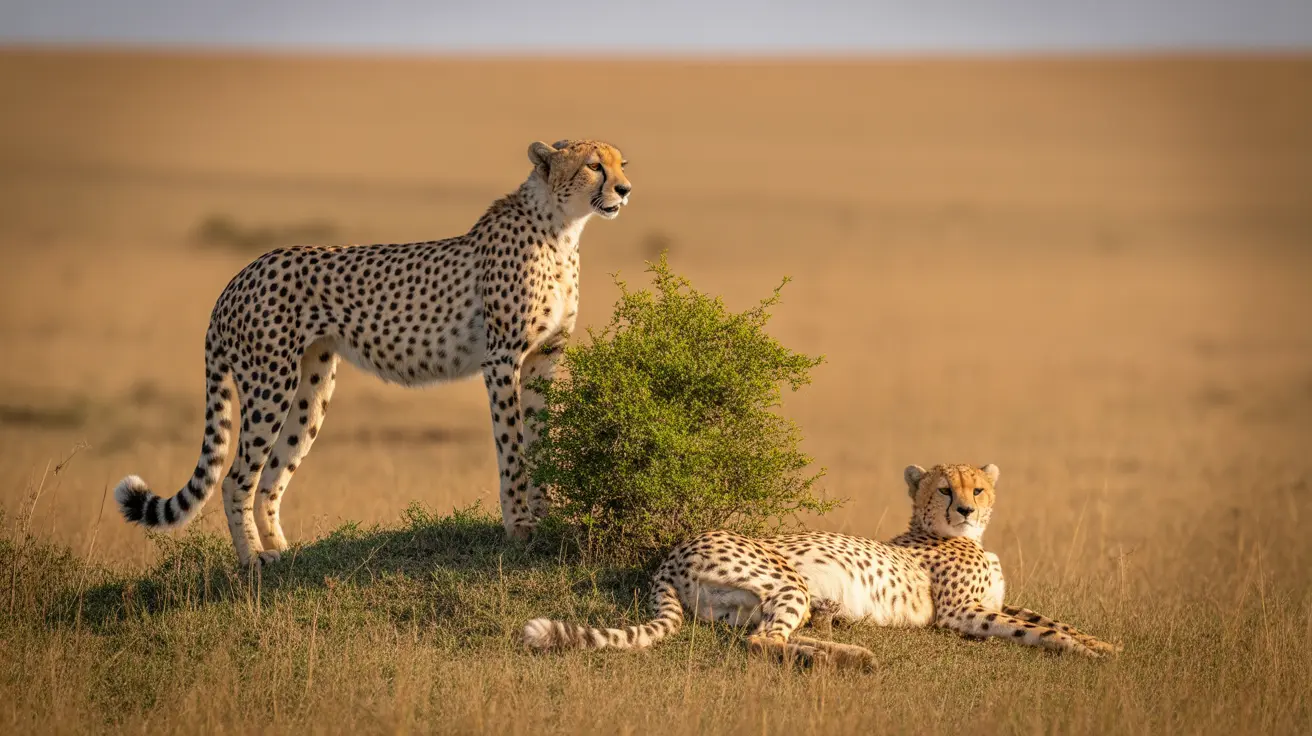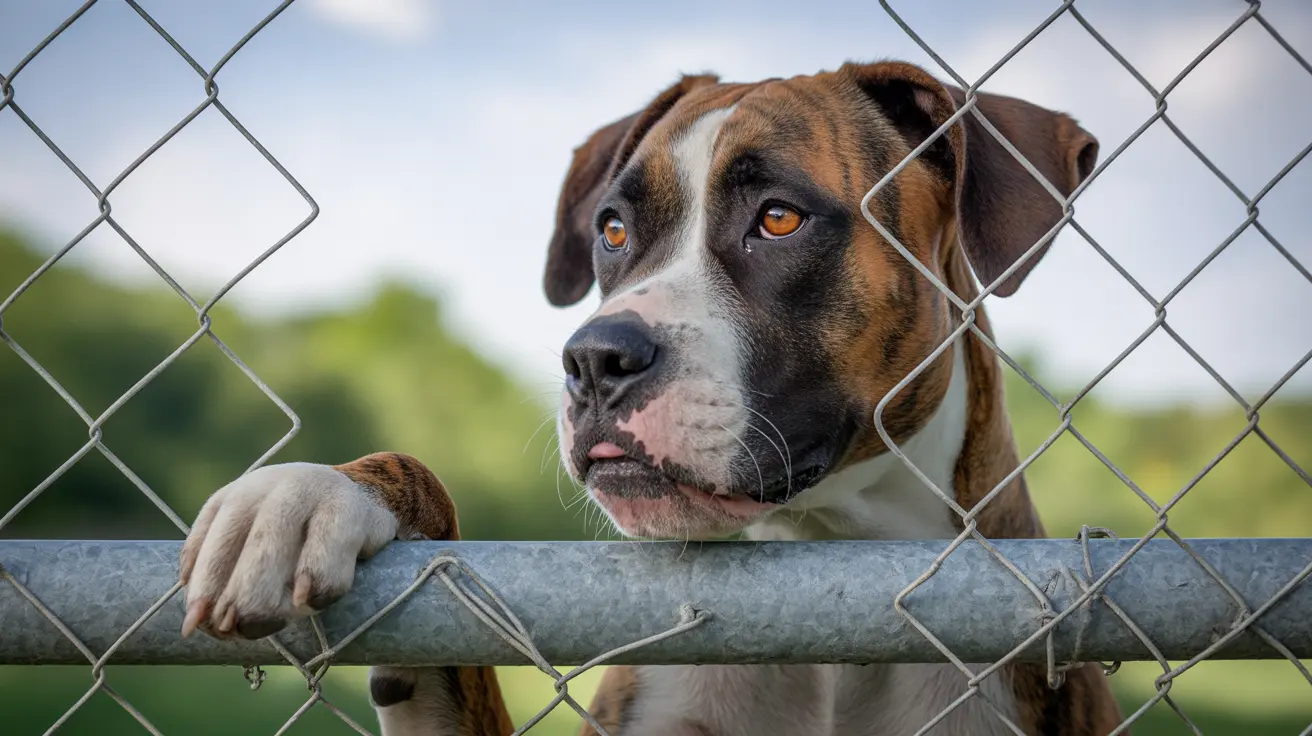The Most Unique Cat Fur Pattern: The Rare and Enigmatic Lykoi
Cats come in a stunning array of fur patterns and colors that speak to their genetic diversity and evolution. While tabbies, calicos, and tortoiseshell designs are widely recognized, one fur pattern stands out as the most unique and mysterious: the Lykoi, often dubbed the 'werewolf cat'. This striking breed captivates cat lovers and geneticists alike thanks to its unusual appearance and intriguing genetic history.
What Makes a Fur Pattern Unique?
Before we delve into what makes the Lykoi stand apart, it's important to understand the concept of fur patterns in cats. Fur patterns are determined by a combination of genetics, pigmentation, and hair type. Some patterns dominate due to widespread genetic markers, while others, like that of the Lykoi, result from rare spontaneous mutations.
Meet the Lykoi: The 'Werewolf Cat'
The Lykoi emerged in 2011 when breeders in the United States discovered a natural mutation in domestic short-haired cats that resulted in a sparse coat and a 'mask-like' facial structure. These features resemble a werewolf, hence the breed’s nickname.
- Appearance: The Lykoi has a roan coat, which is an unusual blend of dark and light hairs interspersed throughout. The fur is often patchy, particularly around the face, eyes, and muzzle, giving the cat its eerie, werewolf-like look.
- Hair Density: Unlike typical coats, the Lykoi’s hair density varies, and they can even molt completely at times, temporarily appearing almost naked.
- Color: While black roan is the most common color, other hues can appear, depending on the underlying genetic makeup.
This fur pattern is not the result of breeding with wild cat species, but rather a natural mutation specific to domestic lines. Extensive DNA testing confirms that the Lykoi is fully domestic, with no sphynx or Devon Rex ancestry involved.
Why Is the Lykoi So Unique?
- Spontaneous Mutation: The roan coat in the Lykoi is caused by a rare mutation that affects hair growth and follicle integrity.
- Limited Population: With only a few hundred Lykoi cats globally, they are extremely rare within the domestic feline population.
- Molting Phases: Lykoi cats don’t maintain a consistent coat. They go through phases of full or partial hair loss, making their appearance unpredictable and unique from season to season.
Lykoi Temperament and Suitability as Pets
Despite their wild appearance, Lykoi cats are known for their gentle and affectionate nature. They are playful, friendly, and extremely loyal to their human companions. Due to their limited coat, they are not hypoallergenic and may require additional care in colder climates.
- Personality: Social, intelligent, alert
- Care Needs: Regular vet visits, warmth in colder seasons, occasional grooming
- Lifespan: 12–15 years with proper care
Other Rare Fur Patterns Worth Noting
While the Lykoi holds the title for the most unique, several other rare fur patterns and breeds exist:
- Chimeric cats: Cats born with visible cell-level gene fusion, resulting in highly distinct split-face colorations.
- Calico males: Extremely rare due to chromosomal anomalies, as calico requires two X chromosomes.
- Smoke patterns: A solid color overcoat with a lighter undercoat, typically found in Persian or Maine Coon cats.
Conclusion
The feline world is filled with beauty and variety, but the Lykoi cat’s fur pattern remains unmatched in uniqueness. From its natural mutation roots to its ever-changing appearance and endearing personality, the Lykoi encapsulates the incredible diversity of domestic cats. If you're a pet enthusiast looking for a truly distinct companion, this werewolf-like feline might just enchant you with its charm and rarity.





